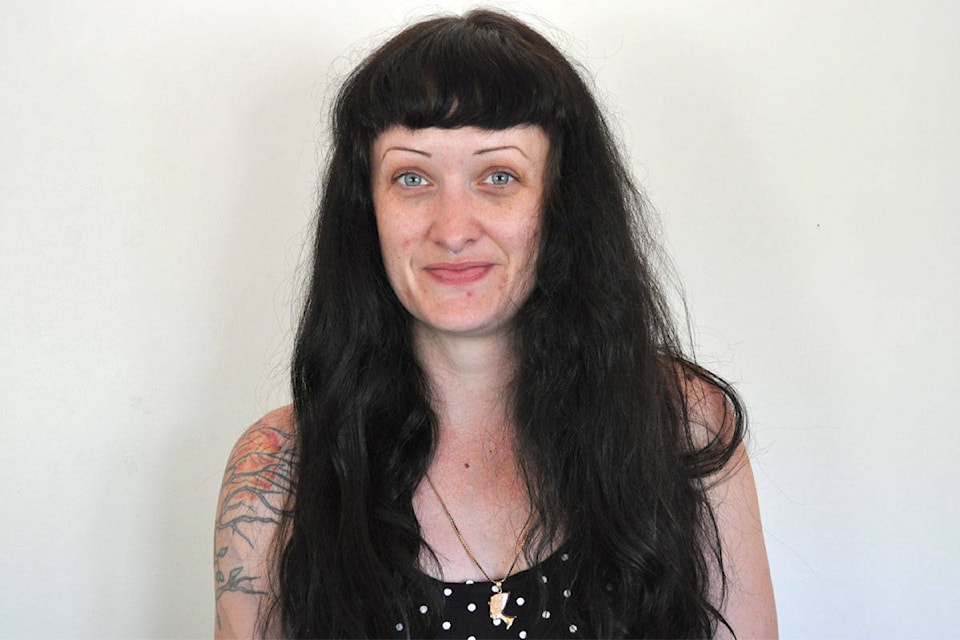by Amber Streukens
Last week, BC Coroners Service released their 2021 report on illicit drug toxicity deaths in B.C., and the data is devastating. In the sixth year of a provincial public health emergency 2,224 people lost their lives, making 2021 the worst year on record with a 26 per cent increase in fatalities over 2020.
People who use drugs, and their families and loved ones, are calling on the government, yet again, for swift action to end the fatalities. As Guy Felicella, peer clinical adviser at Vancouver Coastal Health, said last week, “We are heartbroken, frustrated and angry.”
Some, like Felicella, are calling for an apology from all levels of government for the failure. Others, such as Garth Mullins, drug-user activist and host of the Crackdown podcast, are calling for the resignation of BC’s Minister of Mental Health and Addictions, Sheila Malcolmson, as well as Minister of Health, Adrian Dix. The BC Association of People on Opiate Maintenance (BCAPOM), the Drug User Liberation Front (DULF) and the Vancouver Area Network of Drug Users (VANDU) also issued demands for immediate access to safe supply and accountability from government.
In response to government inaction, and as a means to demonstrate the viability of community-based models of safe supply, DULF distributed a tested supply of cocaine, heroin and methamphetamine, free from fentanyl or benzodiazepine contamination, to members in Vancouver’s Downtown East Side.
Awaiting approval for a federal exemption supporting this compassion club model, DULF has hosted a number of distribution events over the last year, without a single reported overdose. While medical safe supply lags dangerously behind the need, people who use drugs are actively implementing grassroots solutions under the looming threat of criminalization.
B.C.’s Chief Coroner, Lisa Lapointe, has called criminalization an “abject and very costly failure” and called for the government to act decisively and urgently to provide access to safe, regulated supply of substances. Despite prescribing guidelines expanding pharmaceutical alternatives to toxic street drugs, actual access to such programs is severely lacking. It is estimated that four per cent of all those eligible have access. Safer supply programs in Vancouver and Victoria are now prescribing pharmaceutical fentanyl with greater flexibility, but the scope of these pilot projects still fails to reach the majority of people who use drugs.
Locally, Dr. Michael Vance has been prescribing opioid agonist therapy (OAT) in Nelson for many years and was quick to expand his prescribing under new guidelines released in 2020 and 2021. When asked how this program is working, Vance reports that replacement prescribing is “going great, but the guidelines do not provide a wide enough cocktail of the substances that clients need.”
Reflecting on the recent B.C. Coroners Service report, Vance says, “It’s frustrating. In the last five to 10 years of rising fatalities, the government, the Ministry of Health, keeps saying they will fix this crisis and nothing happens.”
Vance has been advocating for years to gain more support for an expanded safer supply program. Unfortunately, despite applications for funding, strong community partnerships, and existing prescribing protocols to support safe supply expansion, he still doesn’t have the necessary resources to make this a reality in his practice. Ideally, he would like to see a mobile prescribing option to provide safer supply throughout the region.
The upscaling of harm reduction during this public health emergency has had an undeniable impact on reducing deaths, and yet it is not enough. This crisis will not be solved by improving access to Naloxone, overdose prevention sites, or recovery services. Expanding bed-based addiction treatment services, while needed, fails to accurately address the nature of this crisis. A review panel convened by B.C. Coroners Service in December found that the data reviewed shows that people with severe drug dependencies do not represent the majority of deaths.
This is not a crisis of addiction, according to Lapointe. In the same way that inpatient addiction treatment would be the incorrect approach to casual, infrequent and unproblematic drinking, more treatment beds will not prevent illicit drug poisoning. So long as we continue to perpetuate myths about “addiction” and “overdose,” we will be using the wrong tools to fix this problem.
If this crisis continues to rage on at this rate, in a few more years Canada will have lost more people to the “war on drugs” than we did soldiers in the Second World War. How many more of our loved ones will have to die before government responds with sufficient resources to pursue any of the many innovative solutions available?
Amber Streukens is the harm reduction peer navigator at ANKORS.
